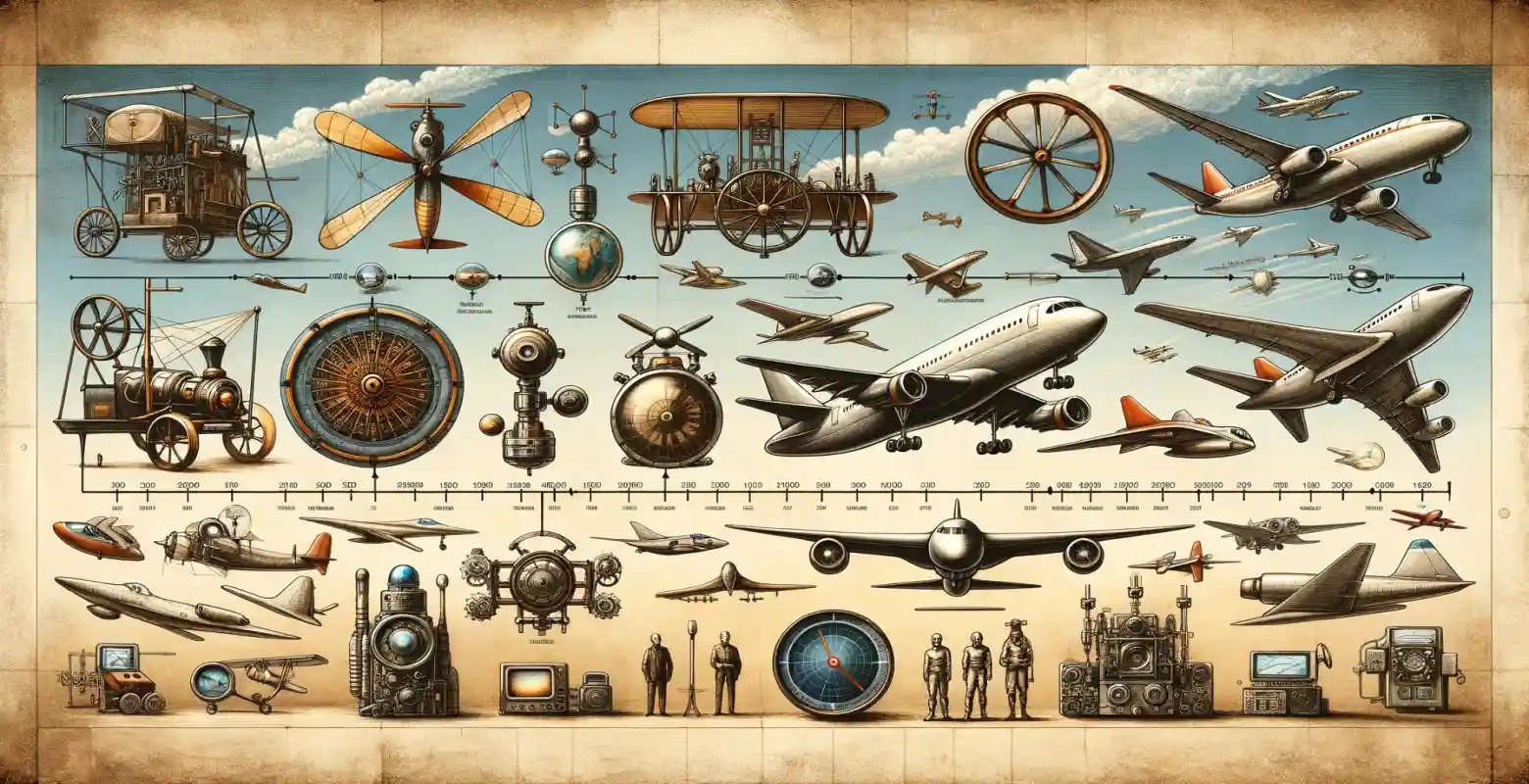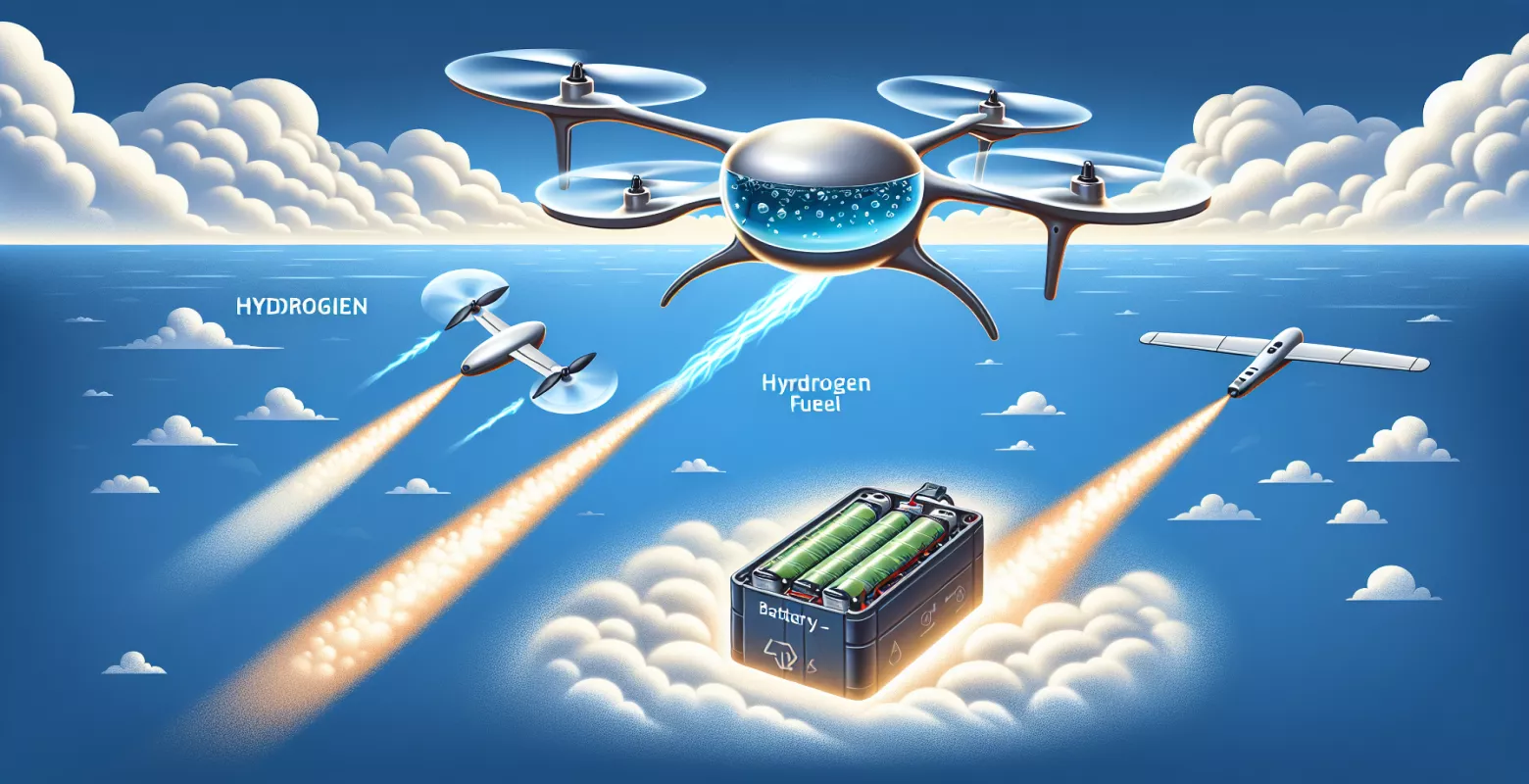The most groundbreaking inventions in the history of aviation
Introduction
Aviation is one of the most important fields that has revolutionized the way we perceive the world. Since the early days of human flights, the dream of conquering airspace without limitations has become a reality. Inventions and innovations in this industry have not only enabled faster transportation but also contributed to technological progress in many other fields. In this post, we will take a look at the most groundbreaking inventions in the history of aviation that have forever changed our reality.
The Wright Brothers and the First Flights
The beginnings of aviation are inseparably linked with the names of the Wright brothers. Orville and Wilbur Wright, American inventors, made a breakthrough that revolutionized air travel. Their first flight, which took place on December 17, 1903, in Kitty Hawk, North Carolina, lasted only 12 seconds and covered a distance of 36.5 meters. Despite the short duration of the flight, this event marked the beginning of the aviation era. The key to their success was the introduction of an innovative control system that allowed for flight direction control.
Technical aspects of the first flight by the Wright brothers included the use of a lightweight combustion engine and a construction of the aircraft made of wood and canvas. Their airplane, named the Flyer, was the first successful engine-powered and pilot-controlled aircraft. This invention paved the way for further work on improving flying machines.
Development of Jet Engines
Jet engines are another groundbreaking invention in the history of aviation. Their development took place during the interwar period and World War II. Frank Whittle in the UK and Hans von Ohain in Germany independently worked on the concept of jet engines. The first successful flight of a jet aircraft took place in 1939 when the German Heinkel He 178 took to the skies.
The advantages of jet engines are invaluable. Above all, they allowed for achieving higher speeds and flight altitudes, revolutionizing both military and civilian aviation. The introduction of jet engines led to the creation of modern passenger aircraft, such as the Boeing 707 and Douglas DC-8, enabling mass air travel.
Invention of the Black Box
The black box, also known as a flight recorder, is a device that has become an integral part of aviation safety. Invented by David Warren in the 1950s, the black box records flight data and cockpit conversations. In the event of an aviation accident, it is possible to reconstruct the sequence of events, aiding in determining the causes of the disaster.
The significance of the black box for aviation safety is immense. Analyzing data from flight recorders allows for implementing changes in aircraft procedures and design, contributing to a reduction in the number of accidents. Currently, every aircraft is equipped with two such devices: a flight data recorder (FDR) and a cockpit voice recorder (CVR).
Development of Composite Materials
The introduction of composite materials in aircraft construction is another groundbreaking step in the history of aviation. These materials, composed of a combination of different substances, are characterized by lightness and strength. Their use in aircraft construction allows for reducing weight, leading to lower fuel consumption and increased flight range.
The Boeing 787 Dreamliner is an example of a modern aircraft that extensively utilizes composite materials. This makes the aircraft more efficient and environmentally friendly. The advancement of composite material technology also enhances passenger comfort by enabling the design of more spacious cabins.
Automation and Navigation Systems
Automation in aviation plays a crucial role in improving safety and operational efficiency. Autopilot systems, which initially were simple devices maintaining a steady course and altitude, are now advanced systems capable of autonomously conducting takeoff, flight, and landing.
Navigation systems such as GPS have revolutionized how aircraft navigate through the skies. They provide the ability to precisely determine the aircraft's position in real-time, increasing flight safety and efficiency. The introduction of systems like TCAS (Traffic Collision Avoidance System) further enhances safety by warning pilots of approaching collisions.
Space Flights and the Future of Aviation
Space flights represent another stage in the development of aviation. Starting from the Apollo missions that brought humans to the moon, to contemporary Mars exploration programs, space aviation is one of the most fascinating areas of research and innovation. Private companies such as SpaceX, Blue Origin, and Virgin Galactic are playing an increasingly significant role in the development of space technologies, opening new possibilities for future interplanetary travel.
The future of aviation also involves the development of supersonic and hypersonic flight technologies. Projects like the Concorde, although discontinued, showcased the potential of fast air travel. Currently, work is ongoing on new generations of supersonic aircraft that have the potential to revolutionize how we move around the world.
Conclusion
The history of aviation is a tale of constant pursuit of pushing boundaries and overcoming challenges. From the Wright brothers' early flights, through the development of jet engines, to advanced navigation systems and space flights, each of these achievements has contributed to shaping the modern world. Inventions in aviation have not only enabled faster and safer travel but also contributed to technological progress in many other fields. The future of aviation holds many exciting possibilities that will surely continue this fascinating story of innovation and discovery.







Number of comments: 0